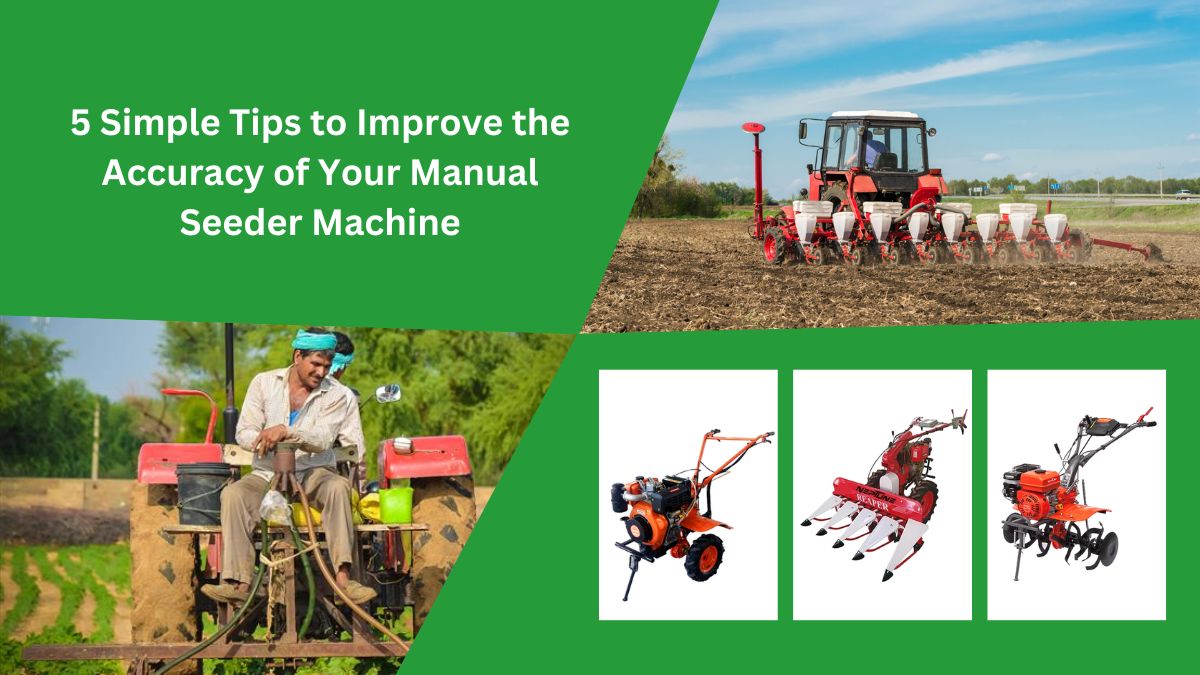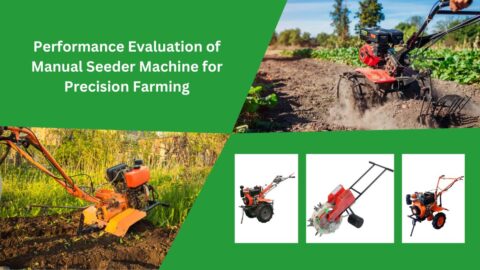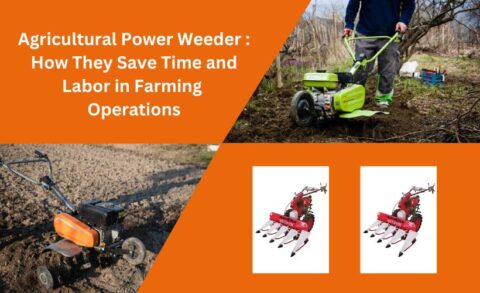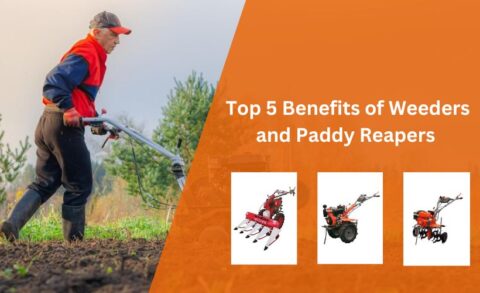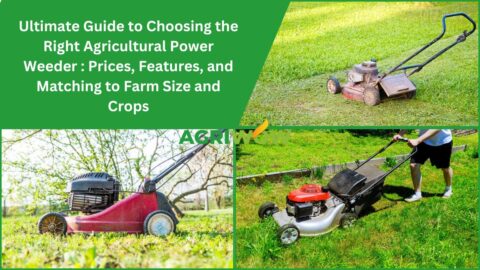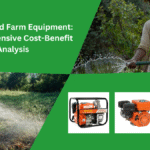For small-scale farmers and gardening enthusiasts, the manual seeder machine is an invaluable tool. It offers a faster and more consistent way to plant seeds compared to traditional hand scattering. However, to truly maximize its benefits, uniform seed spacing, consistent depth, and improved germination accuracy are essential.
If you’re noticing uneven rows or inconsistent plant growth, the issue may lie in how your seeder is being used. Fortunately, improving its accuracy doesn’t require expensive tools—just a few simple adjustments and good practices.
Here are five easy tips to boost the precision of your manual seeder machine:
1. Calibrate Your Seeder for Seed Size and Type
Calibration is crucial. Most seeders have adjustable seed plates to handle different seed types and sizes.
- Consult the manual: Your seeder’s user guide usually provides suggested settings for different seeds.
- Do a test run: Try out your actual seeds on a flat surface to see if they’re being picked and dropped correctly.
- Adjust as needed: If it drops too many or too few seeds, tweak the selector mechanism or plate opening for better performance.
2. Maintain a Consistent Walking Speed and Ground Contact
In push-type seeders, the planting accuracy often depends on the operator’s walking speed and movement.
- Walk steadily: Keep a consistent pace to avoid irregular seed spacing.
- Ensure soil contact: Uneven ground or poor contact can throw off the seeder’s rhythm. If needed, adjust the depth wheels for better control.
3. Prepare Your Seedbed Properly
A smooth, clean seedbed supports better performance and seed placement.
- Clear debris: Remove rocks, clumps, or sticks that can obstruct the seeder’s path.
- Level the soil: A flat surface helps maintain consistent depth and spacing.
- Check soil moisture: Moist (but not soggy) soil ensures the seeds settle well into the ground.
4. Clean and Maintain Your Seeder Regularly
Maintenance directly impacts how well your seeder performs.
- Clean after each use: Remove leftover seeds and dust from the hopper and seeding mechanism.
- Inspect parts: Look for wear or damage and lubricate moving components.
- Monitor performance: If issues persist, compare your machine’s effectiveness with others in the same seeder machine price range to evaluate value for money.
5. Practice and Optimize Your Technique
Getting perfect results takes time, especially with new equipment.
- Start with a test row: Observe seed placement and depth.
- Adjust technique as needed: Change your pace, machine settings, or pressure based on results.
- Use supporting tools: To maintain weed-free conditions around your planted seeds, consider using an agricultural power weeder. These tools help boost overall crop health and productivity.
Final Thoughts
Improving the accuracy of your manual seeder machine doesn’t have to be complicated. With proper calibration, consistent handling, and regular upkeep, you’ll achieve more uniform crops and better yields. Combine this with smart tools like a weed cutter machine to create the ideal planting environment.
FAQ
Q1. What are the advantages of hand seeding?
Hand sowing
This involves little in the way of soil disturbance and allows for more controlled placement of plants within a site. Hand sowing is also useful for smaller revegetation jobs on steep slopes and in areas where machinery cannot or should not go.
Q2. What is the purpose of a seeder?
What Is a Seeder? A seeder is the perfect tool for planting your garden. A good seeder will cut a row into the soil for you, sow and space out seeds, and then cover them back up. Essentially, a seeder will do all of those tasks that can wreak havoc on your knees and lower back when you’re planting.

